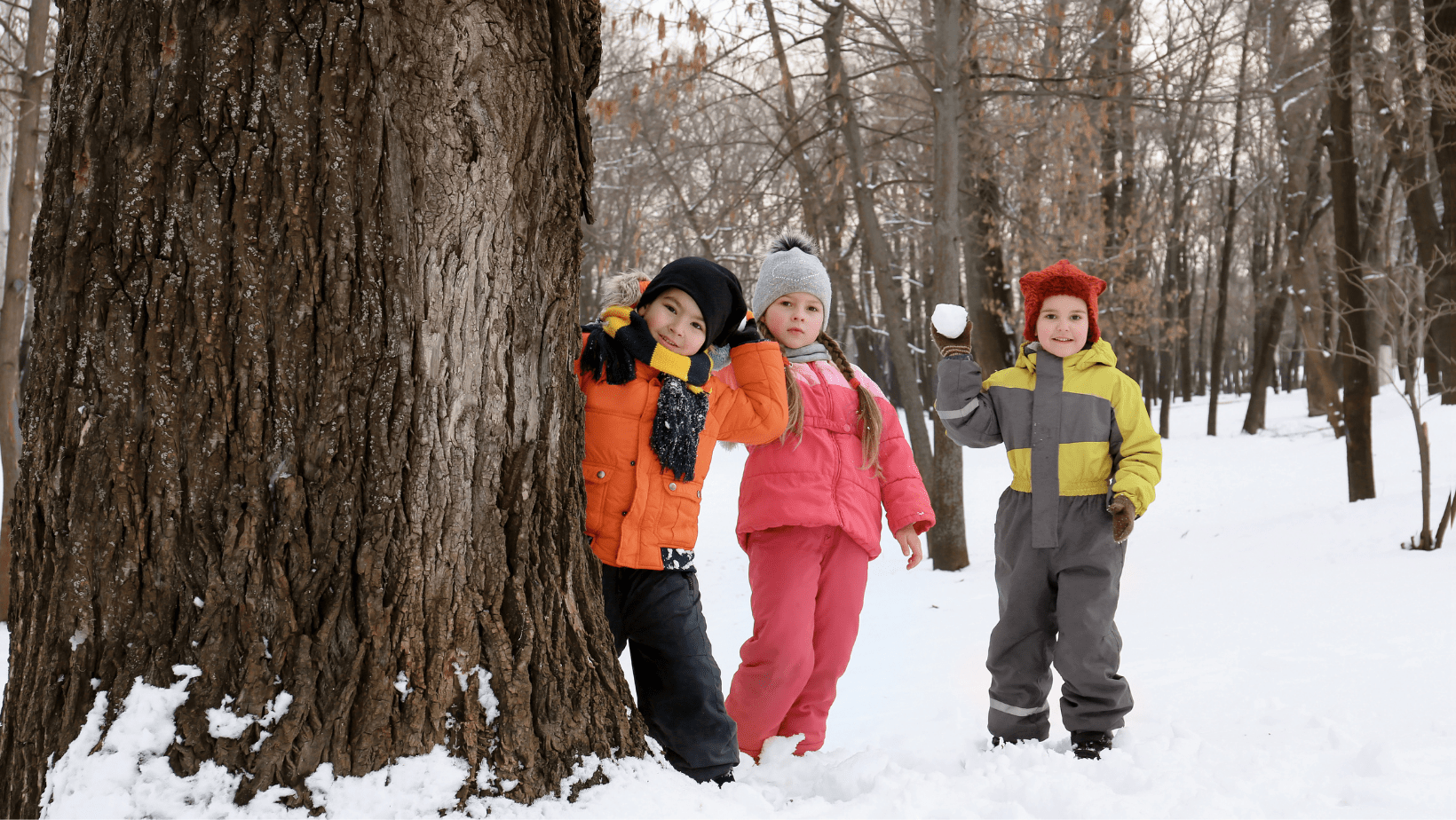support for parents - holiday section
Joys of winter
Home / Joy of winter
Experience safely the joy of winter with your young diabetic
Winter has finally set in and with it, the cold. While this is the perfect opportunity to enjoy the outdoors and practice winter sports, certain precautions must be taken with type 1 diabetes.
High blood sugar levels
The glycated hemoglobin of young people living with type 1 diabetes is, on average, higher in winter than in summer.
There are several reasons for this:
- Physical inactivity and type 1 diabetes are a bad combination.
Some children are less active in the winter, which increases insulin resistance. It’s important to keep your children active in the winter to keep their blood glucose levels in the target range. - Winter is the season of colds and flues. Viral infections cause blood glucose levels to rise when you have type 1 diabetes. Beware of colds!
- When it is cold, the blood circulates slowly through the body. Insulin distribution becomes less efficient. Keep your youngsters warm. The old-fashioned method of layering clothes has been proven effective.

Une hémoglobine glyquée plus élevée
en hiver qu’en été ?
Winter is here, let’s enjoy it
Go out with your children, skate, snowshoe, play in the snow, ski. It’s important to get moving. But be careful with intense activity. It can lead to hypoglycemia! In the cold, the body will burn more calories and especially carbohydrates to keep the body warm. Keep an eye on your child and always keep sugar or its equivalent close by.
More frequent monitoring of blood glucose levels
Remember to check your child’s blood glucose levels often. Also check ketones. Beware, they can get cold too and may not work as well. Also, remember to protect your insulin. It can freeze if you leave it in your pocket or car.




